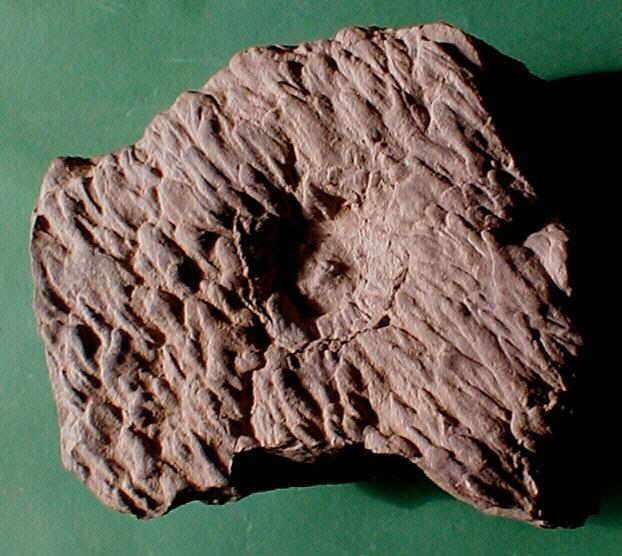A very interesting article on the Beaverhead impact structure:
http://www.scribd.com/doc/64688992/Beaver-Head-Impact-Crater-K-T-Boundary-Event
…. and here you will find more interesting contributions from the author Thornton H. (Tim) McElvain
Tim has been known to us for a long time as a very experienced geologist and impact researcher. Unfortunately, his nice work has largely been ignored by the impact establishment, the so-called impact «community».
The impact structures homepage of Tim McElvain may be clicked here:
http://www.impactstructure.net/proposed-impact-structure.html
*************************************************************
The Azuara impact event in the Spanish TV
with Comment by F. Claudin & K. Ernstson
******************************************************************
A field trip to the Azuara and Rubielos de la Cérida impact structures (in Spanish)
******************************************************************
******************************************************************
********************************************************************
Expert Database on Earth Impact Structures (EDEIS)
******************************************************************
EL EVENTO DE AZUARA
permanent exhibition on the Azuara impact event in the townhall of Azuara
The posters may be clicked HERE.
******************************************************************
Wikipedia http://en.wikipedia.org/wiki/Azuara_impact_structure
********************************************************************
Wikipedia http://es.wikipedia.org/wiki/Estructura_de_impacto_de_Azuara
********************************************************************
dmoz, Open Directory Project
http://www.dmoz.org/Science/Earth_Sciences/Geology/Geomorphology/Impact_Craters/
**********************************************************************
Tsunami Laboratory, Institute of Computational Mathematics and Mathematical Geophysics Siberian Division Russian Academy of Sciences Head of the Laboratory: Dr. Viacheslav K. Gusiakov http://tsun.sscc.ru/tsun_hp.htm
***********************************************************************
The Chiemgau impact (Germany) website
*********************************************************************
German version of www.impact-structures.com
********************************************************************
German version of the Chiemgau impact website
*****************************************************************
Book download TRACES OF CATASTROPHY http://www.lpi.usra.edu/publications/books/CB-954/CB-954.intro.html
***************************************************************
Impact cratering: simple computer programs http://www.lpl.arizona.edu/tekton/crater.html
***************************************************************
NASA Deep Impact Mission website http://www.nasa.gov/mission_pages/deepimpact/main/index.html
**************************************************************
A possible miniature meteorite crater fossilized in a Triassic sandstone
 This sandstone sample has been found in a Buntsandstein outcrop near the town of Würzburg. A surface of well-developed ripple marks is disordered by a circular 5-cm diameter depression which is about 1.5 cm deep. A central mound is developed as well as a wreath of evidently excavated material at the rim of the structure. Such features may originate from a small pebble falling to a muddy ground. But in Buntsandstein times, who threw a pebble to the ripple-marked ground? Similar to well-known fossil raindrop remains in Buntsandstein sandstones and quartzites, the fall of a big hailstone may be considered, although its melting would rather produce a pit instead of a mound.
This sandstone sample has been found in a Buntsandstein outcrop near the town of Würzburg. A surface of well-developed ripple marks is disordered by a circular 5-cm diameter depression which is about 1.5 cm deep. A central mound is developed as well as a wreath of evidently excavated material at the rim of the structure. Such features may originate from a small pebble falling to a muddy ground. But in Buntsandstein times, who threw a pebble to the ripple-marked ground? Similar to well-known fossil raindrop remains in Buntsandstein sandstones and quartzites, the fall of a big hailstone may be considered, although its melting would rather produce a pit instead of a mound.
On the other hand, rust-stains are observed to occur at the central mound. Therefore, the fall of a small iron meteorite (now weathered) to form the miniature crater may be a reasonable explanation. Geochemical analyses are outstanding so far.






































































